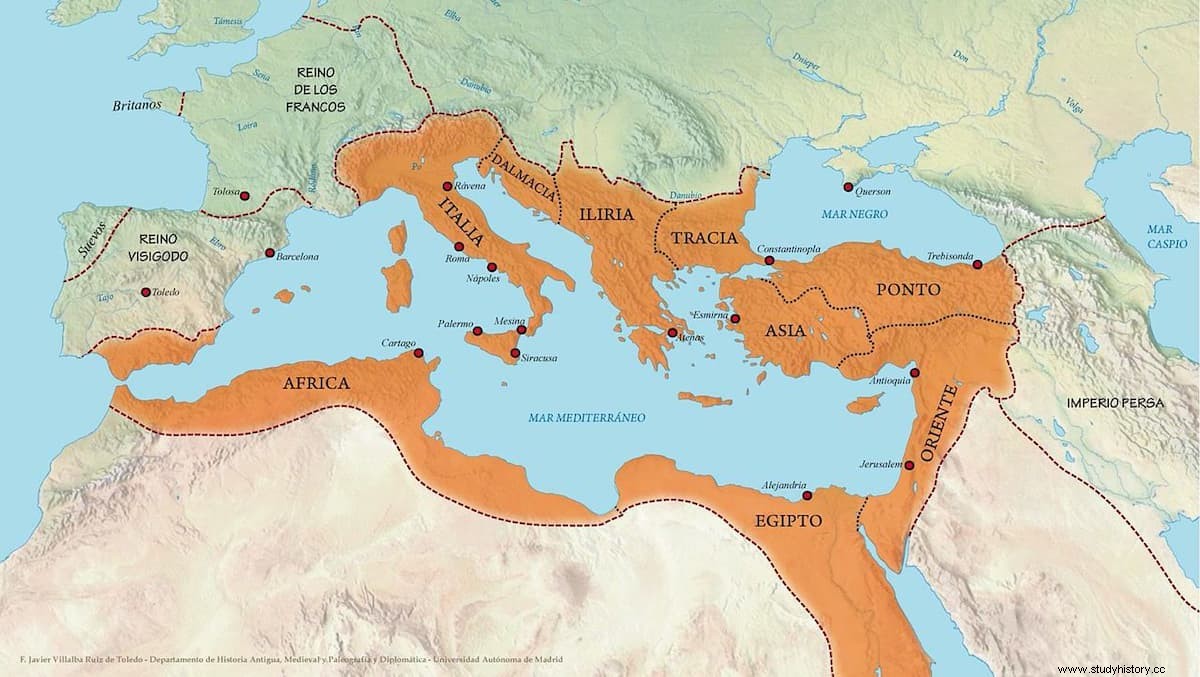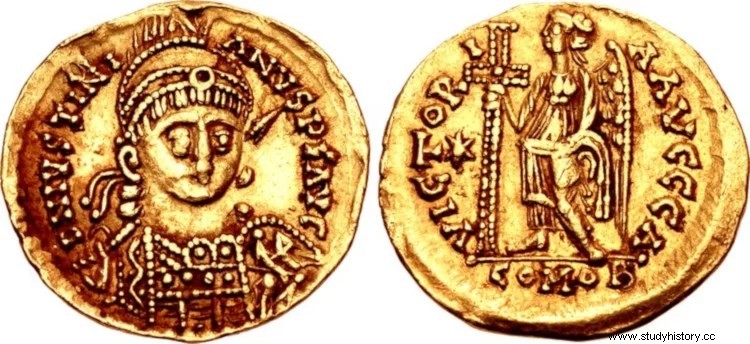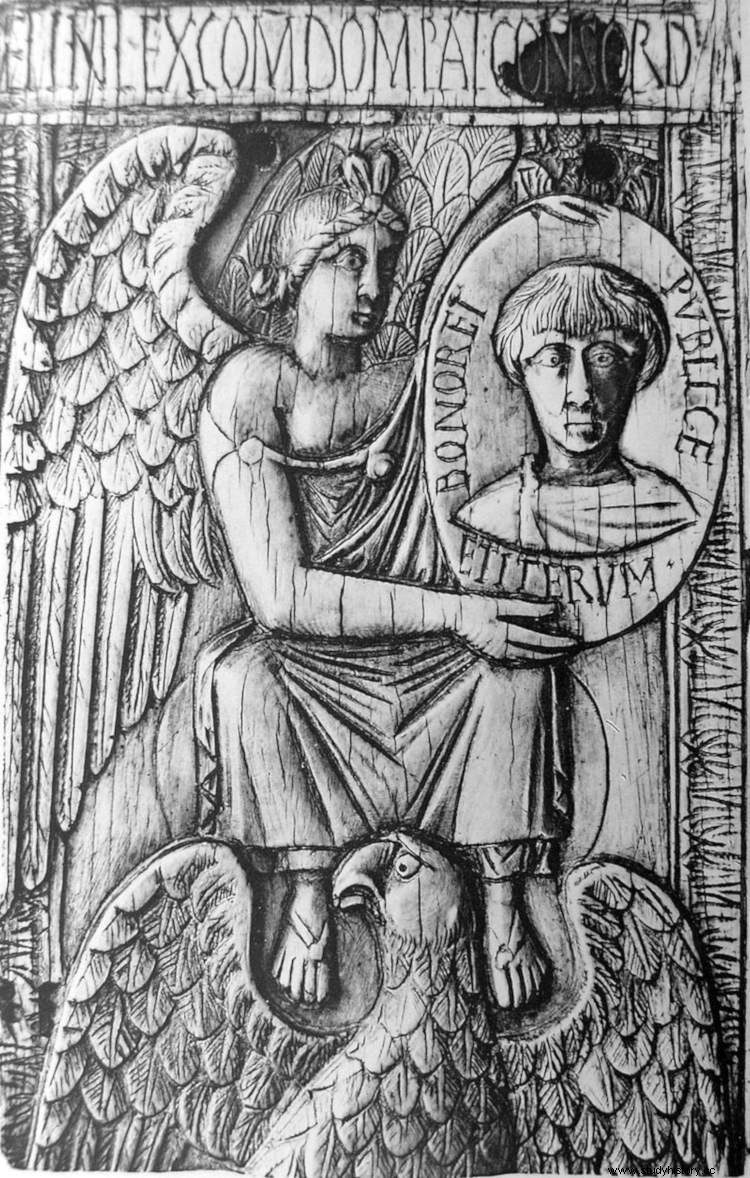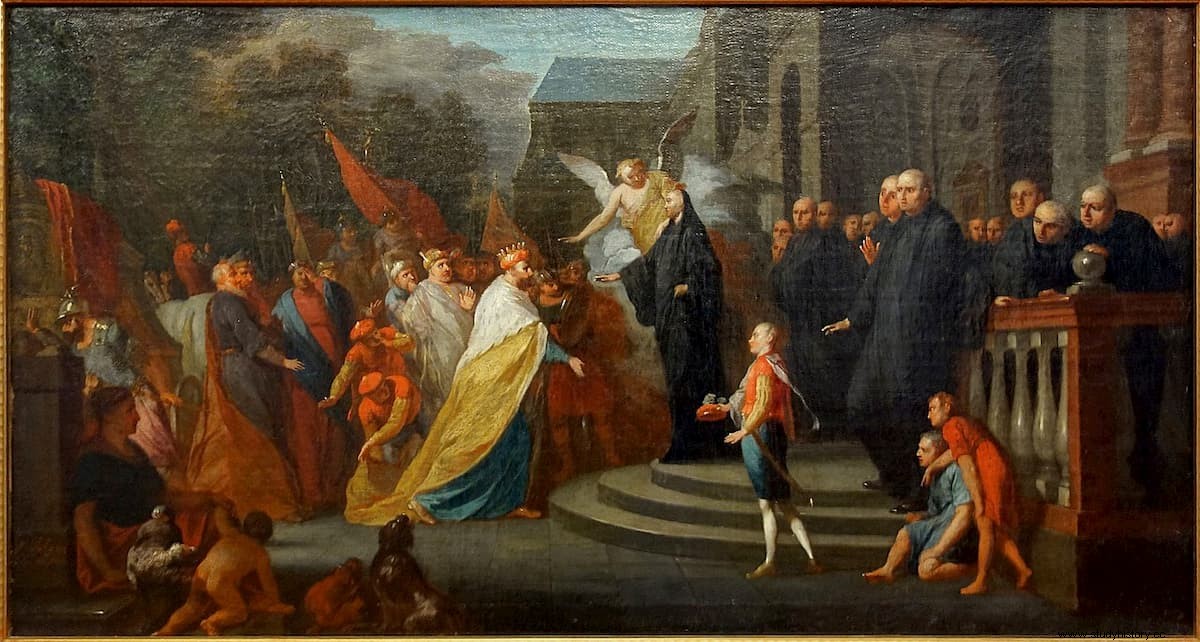One of the primary sources available to historians to date the events of the history of ancient Rome is that of the consular tables. As its name indicates, these are lists that summarize the names of all the consuls who succeeded one another in that magistracy, first in the Republican era and later in the imperial one. The first name corresponds to Lucius June Brutus, in the year 509 BC; the last (without also being emperor), to Anicio Fausto Albino Basilio, who exercised in 541 AD. in the Eastern Roman Empire.
The consulate was the most important magistracy in Rome, the summit of the cursus honorum of any citizen who was dedicated to politics, as evidenced by the requirement of having a minimum of forty-two years to be able to access, at least from the regulation made by Lucio Cornelio Sila. He did not exercise it alone but accompanied by a second consul to balance power, although that lost importance when the emperors concentrated practically absolute powers. Likewise, the consuls were progressively limited in their powers, creating other magistracies such as those of quaestor, censor, praetor, curule mayor...
But before, the consuls were the effective leaders, both in peace and in war, because apart from political and religious functions, an army was assigned to each one (and, over time, also provinces), which is why which they only held office for a year; then, elections were held to choose their substitutes. If one died early or became incapacitated, an interim, the consul suffectus was usually appointed. . That power was manifested in their way of dressing, with toga praetexta (white with purple border), tunic laticlavia and calcei senatorii (closed red shoes), and that they were always accompanied by an escort made up of twelve lictors carrying fasces (about thirty rods and an ax held together with a red leather band) and the scipio eburneus (ebony scepter).

The consulate was one of the first magistracies in Roman history, since it is the one that assumed the leading role after the fall of the monarchy and, in fact, the initial term was not consul but praetor , which means something like caudillo or leader. It was not until 305 B.C. which was renamed using the verb consulere , which some ancient authors etymologically translated as take advice but in reality it is more likely to derive from the conjunction of terms with (get together) and get out (next to), since it is then that the collegiate duality is established.
It should be pointed out that at first there were no continuous consuls, because during the conflict between patricians and plebeians, consular tribunes could take their place, although they definitively recovered in the second half of the 4th century BC. The consulate was reserved for the patricians until the promulgation in 367 BC. of the Lex Licinia Sexta , according to which at least one of the two consuls had to be a commoner; Lucio Sextio Laterano was the first of that social class, although in practice there used to be fifteen families that presented candidates.

The loss of competences, the omnipotent power of the emperors and the rise of the equestrian class to the administration ended up stripping the consuls of a good part of their reason for being, greatly advancing the age required to be appointed and becoming frequent linking more than a consulate followed. Thus came the reign of Constantine, who introduced the novelty of assigning a consul to each of the capitals, Rome and Constantinople. When the empire was divided in two with Theodosius, the respective emperors would appoint their consuls, except in exceptional cases in which circumstances required that one should be responsible for appointing both.
But the consulate was already only a relic of the past, a mere honorary position that ended in the sixth century AD. with two proper names. In the West, the last incumbent was an aristocrat named Decius Paulinus, appointed to the position in AD 534. (although the following year he would be ordinary consul with Justinian) but not by the Senate but by Athalaric, Ostrogothic monarch, grandson of Theodoric the Great (who had proclaimed himself King of Italy), who died young and only reigned for eight years. In the East, the honor went to Anicio Fausto Albino Basilio, in 541 AD, although we remember that we are talking about the last consul who was not also an emperor.
Albino does not appear in the fasti or consular lists because they had been suppressed in 537 in favor of a new form of chronological dating based on the reigns of emperors and indiction.

This consisted of a period of fifteen years that Constantine introduced into the Byzantine calendar in 312 AD. to facilitate the collection of taxes and which Justinian later took advantage of in his Corpus Iuris Civilis to date the documents; the system, which would survive in diplomacy during the Middle Ages, is clearer than the consular and the various variants of Christian calendars.
We do not know much about Anicio Fausto Albino Basilio, since his passing into history is due precisely to the fact that he was the one who closed the list of consuls. From his name, historians assume that he belonged to the gens Anicia, who was of plebeian origin (in imperial times she already appears ennobled) and dated back to the 4th century BC, the first prominent member being Lucius Anicio Gallus, a general who fought against the Illyrians in the Third Macedonian War.
A branch of the family settled in Constantinople and increased its prestige; the emperor Olibrio, the philosopher Boethius and our protagonist belonged to it.
Others believe that their gens it could have been the Decia, since he was the grandson of Cecinio Decius Máximo Basilio, consul in 480 A.D., and perhaps the son of Senator Cecinius Decius Faustus Albino, who also acceded to the consulate -along with Flavio Eusebius- in the time of Theodoric the Great (He was the one whom Boethius defended against accusations of treason that earned him the same end, accused and sentenced).

The Decians were also commoners in origin, perhaps of Oscan origin. In any case, Anicio was appointed consul in Constantinople, in the year 541 AD. Alone, without a partner, and a few months after Ravenna fell into the hands of the barbarians, all of which leads experts to deduce that Justinian was surely seeking to symbolize the restoration of the empire.
And there is little more information, except that he was in Rome when the Ostrogoths of Totila conquered it in 546 AD, so he had to flee the city accompanied by Flavio Decio (who had been consul in 529), Rufio Petronio Nicómaco Cetego ( ex-consul and president of the Senate) and General Bessas (who had been one of the trusted men of the famous Belisarius).
From then on, the character is lost in oblivion, almost parallel to the merger of the consular magistracy with the imperial dignity, and only the diptych that bears his name and lists the titles he had:illustris vir (illustrious man, typical of senators and high officials), comes domesticorum (head of the emperor's personal guard), patricius (originally the upper class; but, as the West fell, the word was used in the Eastern Empire as an honorary dignity); and, yes, ordinary consul.
